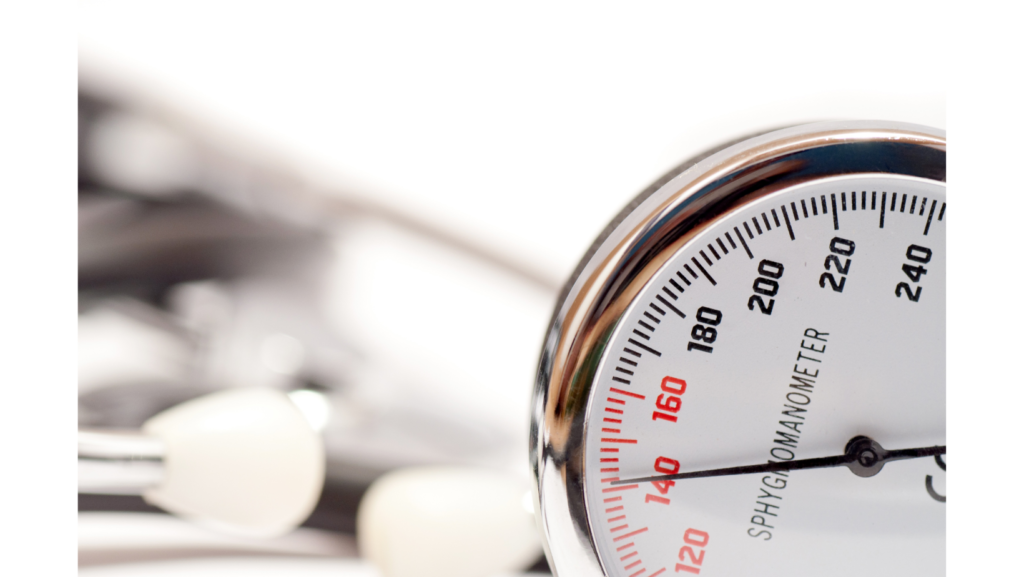What is Prehypertension: When someone is on the verge of having high blood pressure, this what we call prehypertension. It is a condition where a person has moderately elevated blood pressure, and comes with various health issues.
When suffering from hypertension, making certain lifestyle changes is important to avoid medical complications and prevent the condition from developing into full hypertension.
Prehypertension
Prehypertension is a condition wherein the blood pressure is not high enough to be regarded as hypertension, but is high enough to put you at some risk of developing it in the future.
The blood pressure is usually measured using a medical instrument called a sphygmomanometer. It consists of inflatable rubber applied to the arm where the person can listen to the sound of blood within the arteries.
It is measured in millimetres of mercury (mm Hg), where the systolic pressure is located at the top part of the reading.
If the blood pressure turns out between 120/80 mm Hg and 139/89 mm Hg, the person is considered to have prehypertension.
Prehypertension serves as an early warning sign of possible changes in the body that could lead to heart disease. The pressure caused by this condition can change the way the heart and blood vessel works in a damaging way.
When this develops into full-blown hypertension, possible complications include stroke, kidney failure, heart attack, and other heart-related diseases.
We recommend regularly having a blood pressure check and following the doctor’s advice to control it.
Causes And Symptoms
Even today, there is uncertainty surrounding the causes of hypertension. However, health experts believe it is mainly related to lifestyle choices such as poor diet habits, lack of sleep, and lack of physical exercise. Too much alcohol and salt intake can also cause the blood pressure to rise.
Chronic stress can also spike blood pressure over time and put a person at risk of developing prehypertension.
Since blood pressure has to do with age, most people will eventually be part of the “prehypertension club.” Unhealthy lifestyles will only speed up the process of developing this condition.
Prehypertension usually occurs with no obvious symptoms. It is what makes this condition hard to detect without committing to doing regular blood pressure measurements.
Only extreme hypertension cases manifest their symptoms through headaches, visual changes, fatigue, and sudden dizziness.
Prehypertension Treatment
Several lifestyle changes can help reduce the risk and address prehypertension. These include the following:
Up The Nutrition Game
Make sure to include heart-healthy food into the diet, such as whole grains, vegetables, and lean proteins.
Aim to boost potassium levels to reduce the effect of sodium on blood pressure. Potatoes, bananas, avocados, milk, and some fish choices are good protein sources.
Limit intake of saturated fats and cholesterol and avoid packaged foods that contain a relatively high amount of sodium.
Get Moving
Strive for at least 150 minutes of moderate physical activity every week.
It does not need to be intense workouts – one can start with some jumping jacks and then walking around the neighbourhood. Swimming a few laps and taking a bike ride nearby can also help.
Lose Weight
Lose weight by following the first two lifestyle changes. Shedding extra kilos can prevent heart strain and high cholesterol levels.
Maintain a healthy weight to manage blood pressure and reduce the risk of heart disease.
Limit Alcohol
Too much alcohol in the system can cause blood pressure to rise. Men should only limit themselves to a maximum of two drinks per day and one alcoholic beverage for women.
Quit Smoking
If you’re a smoker, kick the habit is one of the best things you could do for your health. If you are a non-smoker, try to avoid second-hand smoke as much as possible.
Reduce Stress
Better manage stress levels at work, studies, and every aspect in life as stress can be a common trigger of hypertension.
Find a relaxing activity that helps release stress, such as kickboxing, yoga, or meditation.
Keep Up With Blood Pressure
Buy a home monitor if possible and take blood pressure once or twice a day. Do it earlier in the morning and once at night.
Monitor how blood pressure levels change over time.
Conclusion
Prehypertension is a warning sign of full blow high blood pressure (hypertension), which can increase the risk of stroke and other potentially fatal heart problems in the long run.
Early detection can reverse the effects of prehypertension, and first aid treatment can help with symptoms.
The same healthy lifestyle suggested to treat high blood pressure also prevents prehypertension. Eat healthy foods, have lesser salt intake, engage in regular exercise, quit smoking, and manage stress levels. It is essential to take all this advice to heart.
Start adopting healthier habits today. Learn first aid and reverse the effect of hypertension.
Visit First Aid Courses Darwin for more information.








